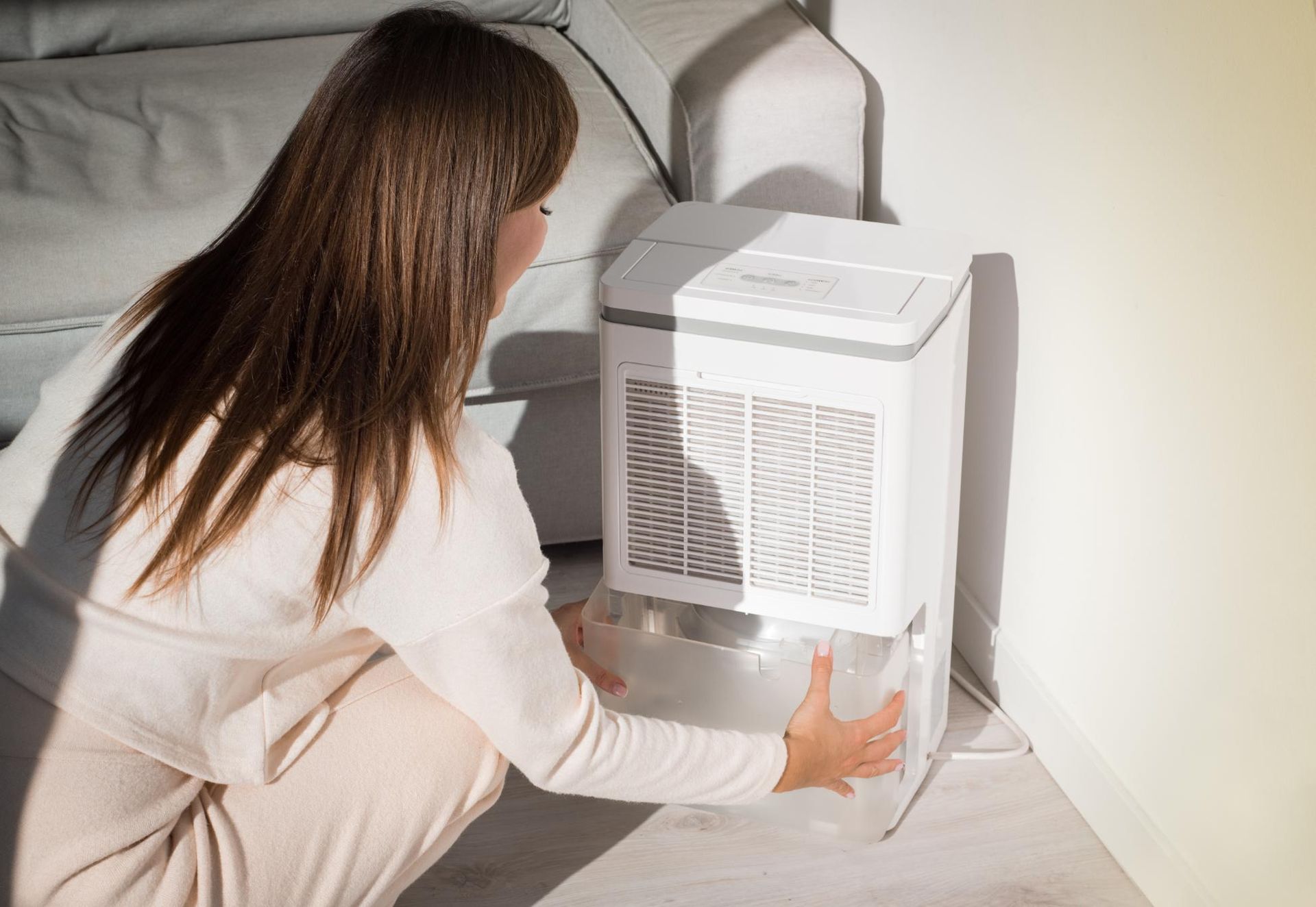Indoor Air Quality Solutions in Prairieville, Gonzales, Geismar, LA, and all of the Baton Rouge area
Indoor air quality is a critical factor in maintaining a healthy and comfortable living environment, especially in climates like Prairieville, Gonzales, Geismar, LA, and all of the Baton Rouge area, where high humidity and seasonal allergens are persistent concerns. HVAC systems play a major role in how air is filtered, circulated, and conditioned throughout a home. SCS LLC
offers indoor air quality solutions designed to help residents address problems like airborne pollutants, mold risk, and imbalanced humidity levels.
Common Indoor Air Quality Issues in Residential Spaces
The quality of air inside a home is influenced by a variety of factors, including moisture levels, filtration, ventilation, and the presence of pollutants. In Prairieville, Gonzales, Geismar, LA, and all of the Baton Rouge area, where outdoor humidity is often high, indoor spaces are more prone to developing air quality problems if not properly managed.
Allergens like pollen and dust can enter through open doors, windows, and duct leaks, then recirculate if filters are clogged or undersized. Poor ventilation can trap volatile organic compounds from household cleaners, building materials, or fuel-burning appliances. Inadequate humidity control can lead to the growth of mold and mildew, especially in bathrooms, attics, or basements.
These issues can impact both the physical comfort of a space and the health of its occupants. For individuals with asthma, allergies, or respiratory conditions, poor indoor air can worsen symptoms and increase exposure to harmful particles.
Air Filtration and Purification System Options
Improving indoor air quality begins with identifying the right equipment to target the specific problems present in a home. Filtration and purification systems are often integrated with existing HVAC setups or added as dedicated units to manage pollutants and allergens.
High-efficiency particulate air filters can be installed to capture microscopic particles such as pollen, dust mites, and pet dander. These filters are especially beneficial in homes with pets or in areas with heavy outdoor pollen during the spring and summer months. Some filtration systems also include carbon layers that help reduce odors and chemical fumes.
Air purifiers using ultraviolet light or ionization technology are also available to neutralize airborne bacteria, viruses, and mold spores. These systems are typically installed inside ductwork, treating air as it flows through the HVAC system. In homes where respiratory sensitivities are a concern, whole-home air purification can make a noticeable difference in comfort and wellness.
Humidity Control for Year-Round Comfort
Humidity is a major concern in Prairieville, Gonzales, Geismar, LA, and all of the Baton Rouge area climate, especially during the warm months. High indoor humidity creates a breeding ground for mold and can make rooms feel warmer than they actually are. On the other hand, air that is too dry during winter can cause discomfort and aggravate respiratory problems.
Balancing humidity requires equipment that can adjust moisture levels automatically. Whole-home dehumidifiers are often installed directly into the ductwork and work in tandem with air conditioning systems to extract excess moisture from the air. These systems help keep relative humidity within the recommended range of 30 to 50 percent.
In some cases, particularly during colder months, adding humidity is necessary. Humidifiers can be installed to introduce moisture into the air when the indoor environment becomes too dry. This helps prevent dry skin, irritation, and static buildup during winter heating.
Improving Ventilation and Air Exchange
Ventilation is another key component of indoor air quality. Homes that are well-sealed for energy efficiency often suffer from stale air due to limited natural air exchange. This can cause carbon dioxide and other gases to accumulate indoors over time, especially in rooms with limited airflow like attics or sealed basements.
Mechanical ventilation systems can be added to supplement existing airflow. Energy recovery ventilators and heat recovery ventilators are two common options that introduce fresh outdoor air while minimizing energy loss. These systems also expel stale indoor air, reducing indoor contaminants and balancing humidity levels.
In addition to mechanical systems, small upgrades like bathroom exhaust fans, kitchen range vents, or attic fans also contribute to better air circulation and contaminant control. Together, these solutions create a more balanced and breathable indoor environment throughout the year.
Indoor Air Quality Services — FAQs
How can I improve indoor air quality in my Baton Rouge home?
Start with high-MERV filters, duct cleaning, and whole-home air purifiers; SCS LLC offers assessments and installs tailored IAQ solutions for Baton Rouge residences.
Do you test for mold and indoor allergens in New Orleans homes?
Yes — SCS LLC performs IAQ testing, including mold and allergen checks, and recommends remediation or system upgrades for New Orleans properties.
Are whole-home air purifiers worth it in Baton Rouge?
For Baton Rouge homes with allergies or high pollen, whole-home purification and upgraded filtration are highly effective — we can show expected improvements.
What HVAC upgrades help control humidity and odors in New Orleans?
In New Orleans, adding dehumidification, UV lights, or advanced filtration to your HVAC system reduces odors, mold risk, and excess moisture.
Will duct cleaning help reduce allergens in Baton Rouge?
Yes — if ducts are dusty, have mold, or contain animal dander, cleaning combined with improved filtration can noticeably lower allergens.
Can you install energy-efficient ventilation systems in New Orleans homes?
Yes — SCS LLC installs ERVs/HRVs and demand-controlled ventilation to balance fresh air and energy use for New Orleans residences.



